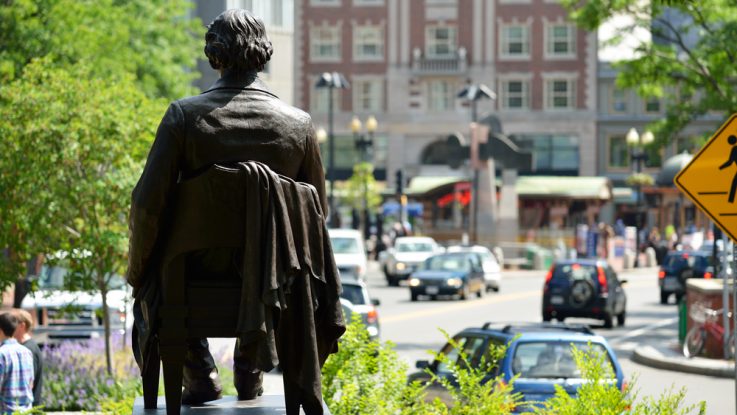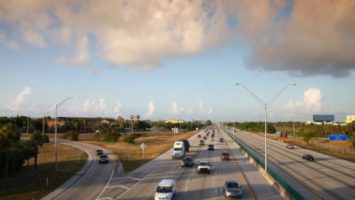
In line with their recent commitment to ‘Vision Zero’ – an international initiative to eliminate traffic fatalities and serious injuries – the cities of Cambridge and Somerville in Massachusetts have partnered with Draper and Miovision on a pilot program aimed at improving traffic safety by using technology to sense human activity on roadways.
The cities had previously worked to increase road safety by roadway modifications – including separated bike lanes, reduced vehicular speed limits, dedicated bus lanes, and safer intersection designs. These efforts have led to a decrease in traffic incidents and an increase in the use of more sustainable modes of transportation, such as walking, cycling, and public transportation.
The technology-community partnership — called Data Driven Comprehensive Road Safety — features a video-based traffic safety measurement system that generates data that will be used to objectively and continuously measure high-risk behaviors that may impact pedestrians and cyclists as well as other drivers. It is hoped that the results will then help inform future intersection and street design.
“With the introduction of video-based traffic monitoring, traffic planners have more big data to work with,” Peter Miraglia, project lead in Draper’s Global Challenges Initiative, said in a statement. “By using data in all its forms — risk assessments, traffic volume, pedestrian counts, near-miss incidents, cross-walks crowded by those waiting for a light change — we can better understand the causes of traffic-related injuries at intersections and roadways and change the paradigm from post-accident assessment to real-time observation.”
Kurtis McBride, CEO and co-founder of Miovision, stated, “Miovision TrafficLink gives innovative communities the tools they need to better understand how traffic is moving through their streets. We’re excited to partner with Draper and the cities of Cambridge and Somerville to see how they take advantage of our open architecture, using data from TrafficLink to build a sophisticated understanding of how to improve pedestrian safety.”


